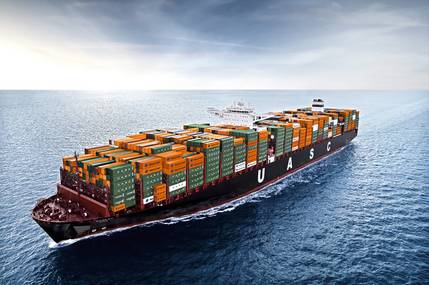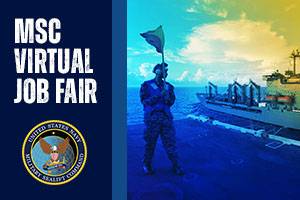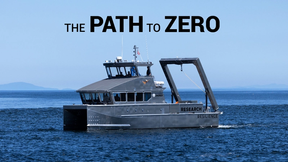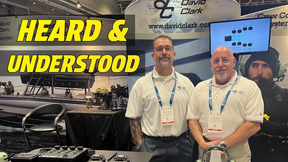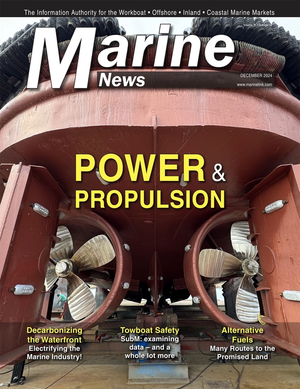The American Waterways Operators (AWO), the national trade
association for the American tugboat, towboat and barge industry, and the U.S. Coast Guard,
have jointly released a study of barge/bridge allisions spanning ten years. Undertaken as part
of the Coast Guard-AWO Safety Partnership, the study was conducted by the Coast Guard-
AWO Bridge Allision Work Group, established last summer in the aftermath of fatal bargebridge
accidents at South Padre Island, Texas in September 2001 and Webbers Falls,
Oklahoma in May 2002. Based upon the findings, the Work Group report identified a fivepoint
action plan to prevent bridge allisions and minimize the consequences of those that do
occur.
The Work Group examined ten years of accident data from the Coast Guard marine casualty
database on all bridge allisions involving barges and towing vessels from January 1, 1992, to
December 31, 2001. Because the Texas and Oklahoma accidents are still under investigation,
the Work Group did not attempt to draw conclusions about the causes of those particular
incidents. When those investigation results are released, the Coast Guard and AWO will review
the findings and identify any other measures that may need to be taken to reduce any risk to the
public of allisions between bridges and towing vessels.
Key findings of the Work Group include:
n Bridge allisions involving towing vessels occur at the rate of about six allisions per
10,000 towing vessel trips.
n The overwhelming majority of bridge allisions - 94 % -- result in minor property
damage with no personal injury or harm to the environment. However, as the I-40 and
Queen Isabella Bridge allisions makes clear, serious accidents can occur. Since 1992,
four bridge allision cases have resulted in fatalities.
n Fully 90% of towing vessel bridge allisions are related to human performance.
n Some 34% of the bridge allisions that occurred between 1992 and 2001 took place at
bridges that have been identified by the Coast Guard as obstructions to navigation and
candidates for alteration or removal under the authority of the Truman-Hobbs Act.
-more-
Page 2
The American Waterways Operators
The Work Groupís five-point action plan to reduce the likelihood of bridge allisions and limit
the consequences of those that do occur includes these recommendations:
1. Implement prevention measures to improve decision making on the part of the navigator,
including: identifying vulnerable bridges, developing safe transit procedures for
vulnerable bridges, requiring sufficient local knowledge before navigating a vulnerable
bridge, and implementing Crew Endurance Management Systems throughout the towing
industry to enhance an operator's fitness for making good decisions.
2. Accelerate the removal and alteration of bridges under the authority and procedures of
the Truman-Hobbs Act.
3. Consider additional protection for bridge piers for bridges identified as most vulnerable
to allision, or to severe consequences should an allision occur.
4. Use the report as the basis for future studies by the Coast Guard Research and
Development Center to further develop potential beneficial recommendations.
5. Initiate a special investigative effort for certain bridge allisions in which human factors
issues were possible causal factors, in order to provide future analysts with more
detailed information than is currently available.
The Work Group noted the fact that the overwhelming majority of bridge transits take
place without incident, and that most allisions that do occur result in no damage to people,
property, or the environment. This testifies to the skill and professionalism of towing
vessel operators who do a difficult job under challenging conditions, with very little margin
for error.
AWO President Tom Allegretti observed, "Our industry is serious about its commitment to
safe operations and navigating safely through bridges. This report helps us understand these
accidents and their causes in their broadest context. We are confident that its
recommendations will help us prevent them from happening again."
Subscribe for
Maritime Reporter E-News
Maritime Reporter E-News is the maritime industry's largest circulation and most authoritative ENews Service, delivered to your Email five times per week







